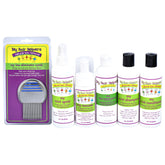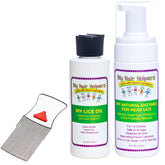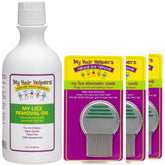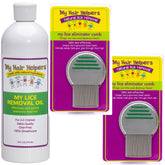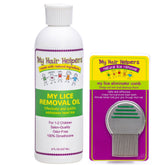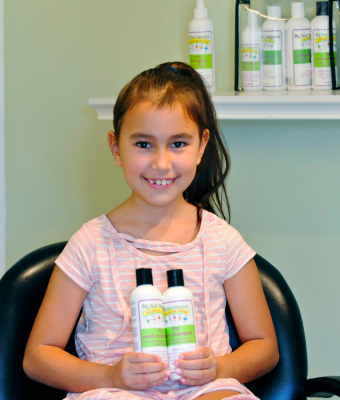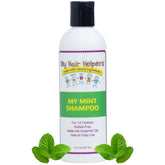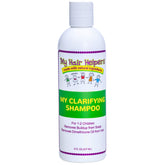WHAT DO HEAD LICE EAT?

Every insect needs nutrients to develop and survive—and head lice are no exception. These parasitic insects mostly affect school-aged children, but their highly contagious nature makes them fair game for anyone who has hair on their head.
Though many people are aware of how easily lice can spread from person to person, fewer understand what these insects actually feed on throughout their life cycle. Let’s take a closer look at what head lice eat, how they thrive, and why prompt attention is so important.
What Exactly Are Head Lice?
Head lice (Pediculus humanus capitis) are small, wingless parasitic insects that live on the scalp and in human hair. They survive by feeding on tiny amounts of blood from the scalp. Contrary to popular belief, lice do not jump or fly; they simply crawl from one strand of hair to another, or from one scalp to the next.
Lice eggs are the first stage of the life cycle, and they consist of tiny, oval shapes that appear white or yellowish and cling closely to the scalp. After about a week, the egg hatches, and a baby louse (nymph) emerges.
Nymphs begin feeding immediately on the host’s blood. Within 7 to 10 days, a nymph matures into an adult louse. Adults are roughly the size of a sesame seed and have six legs with claws, allowing them to cling tightly to hair shafts.
Understanding this life cycle is key to controlling an infestation because eggs hatch a week after being laid. Therefore, a follow-up is essential to address any newly hatched lice that may continue the life cycle.
What Do Head Lice Eat?
Simply put, head lice feed on human blood. They do this by attaching their mouths to the scalp—usually near the hair follicles—where they find capillaries close to the surface of the skin. Each feeding session lasts only a few minutes, and lice generally need to feed several times a day to survive.
What makes head lice unique is their need for human blood. Other parasitic insects might feed on multiple hosts, but head lice have evolved to thrive on the human scalp. This is why they won’t survive but a day or two without a host, as human blood is the only thing they can have.
The scalp also provides a consistent source of nourishment and a stable environment with warmth and humidity for lice eggs. Not only do the eggs stay warm, but also when they hatch, the nymphs have immediate access to a blood supply.
For head lice who need to survive and reproduce, this all makes sense. For humans who are often allergic to the saliva from head lice (hence the itchy bites), this experience can be dreadful.
Do Head Lice Survive Off the Scalp?
While adult lice can temporarily cling to items like hair brushes or pillows, they cannot survive for long without feeding. Within about 24 to 48 hours away from the host’s head, a louse typically dies from starvation. This is because they rely heavily on frequent access to blood, and their tiny bodies cannot store enough energy to last for extended periods without feeding.
This is the main reason why we don’t stress families out with extensive cleaning. You have enough to deal with already—we don’t want you to feel like you have to rip apart your home and deep clean everything. For the most part, lice off the scalp will die quickly.
Why Prompt Attention Matters
Since lice feed multiple times a day, they multiply quickly and can cause significant discomfort. Infestations spread easily in settings like schools or daycare, where children play in close contact. The goals of prompt intervention include relieving itching and discomfort, reducing the risk of lice spreading lice to others, and lowering your chances for reinfestation.
While many families turn to over-the-counter remedies to manage head lice, these products are not your only option. In fact, many contain insecticides and other harsh ingredients that can cause adverse reactions in young children. Plus, lice are often resistant to these products, which means you might find yourself with a reinfestation regardless.
The better option is to choose a line of products made with natural ingredients—My Hair Helpers. Our family-owned company offers head lice products for the whole family, and they are made with natural ingredients like enzymes and essential oils.
You can purchase our products individually or in a set and take out head lice for good! Don’t forget—the comb-through method is an important part of the process and one that should be continued in the long-term.
Final Thoughts
Head lice might be a nuisance, but understanding their feeding habits and life cycle can help you tackle an infestation more efficiently. Remember, they survive on frequent blood meals from the human scalp, and without this steady nourishment, they can’t live for long. Acting quickly with the right strategy is key to stopping the spread and finding relief.



